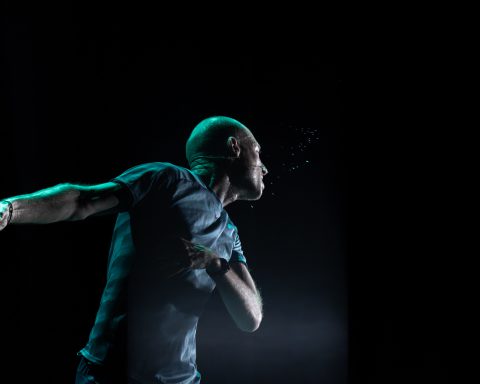Jugendstil in Germany (“young style”), or Art Nouveau as it was known in France (“new art”), was the artistic style that characterized architecture, decoration, painting and sculpture, silverware, as well as furniture in the end of the 19th and the beginning of the 20th century. It drew inspiration from nature but transfigured it into minimalistic lines and geometrical shapes.
There are many excellent examples of this style to be found in Leipzig – in museums and in the streets. You have probably already seen the characteristic details on buildings and arcades of the Nikolaistraße or even on facades of the Grimmaischestraße.
Recently, a real treasure of Jugendstil has been revealed to the public in the city of Wiesbaden, in the Hessen region.
F. W. Neess donated his collection of more than 500 art objects, all of them beautiful samples of the Jugendstil period. He initially wanted to donate it to his hometown of Neuss, which refused the offer because it was too small for such a large gift. However, Wiesbaden, where the collector presently lives, won because it had the infrastructure to permanently host the collection in its museum.
The Museum Wiesbaden, which already had an important collection of art, is now richer thanks to the collector’s gesture. German, French, and Austrian creations by the finest artists (such as Gallé and Daum) can be seen in the exhibition.
The paintings evoking the Pre-Raphaelites have something spooky, with the figures of the ladies that look like ghosts with their long wild hair and their pale sad faces. The Vienna Secession is also present in the exhibition, as well as some very interesting Tiffany lamps.
If you are a fan of Jugendstil or are just learning about it, I recommend visiting the exhibit for inspiration.

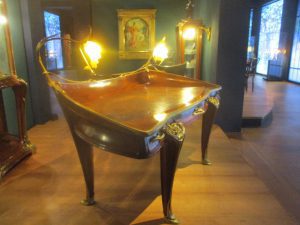
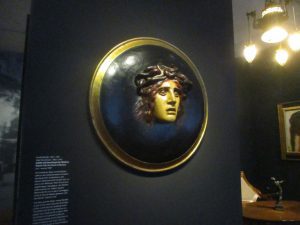
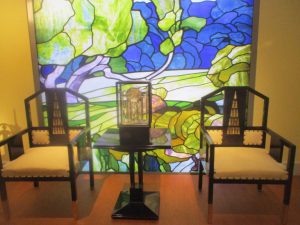
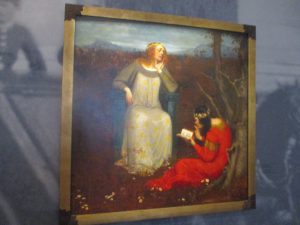
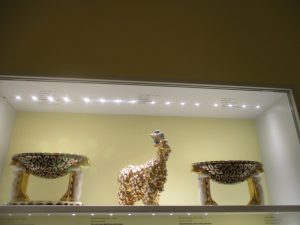
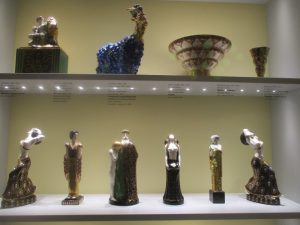
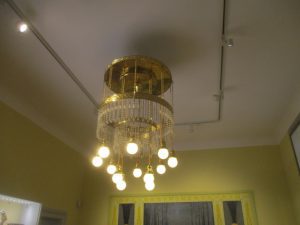

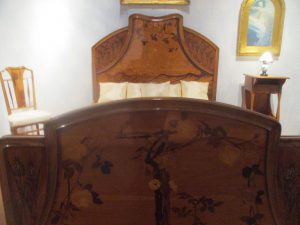
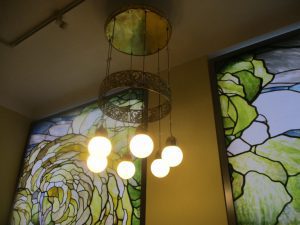
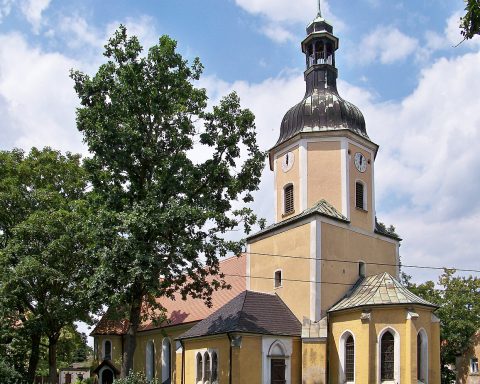

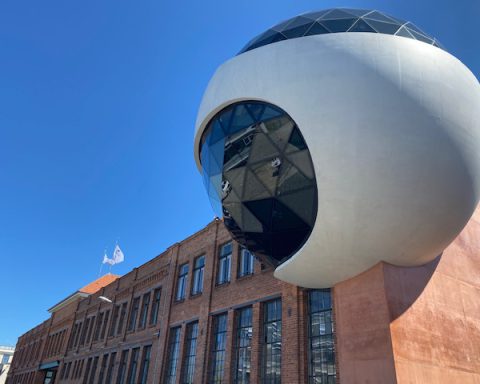
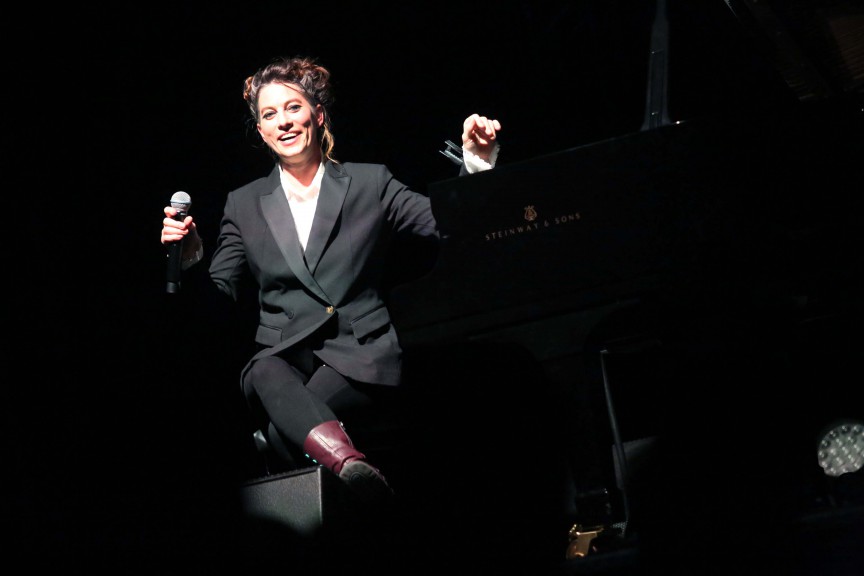


![Wine & Paint event on 9 Nov. 2024 at Felix Restaurant, Leipzig. Photo: Florian Reime (@reime.visuals] / Wine & Paint Leipzig](https://leipglo.com/wp-content/uploads/2024/12/pixelcut-export-e1733056018933-480x384.jpeg)

